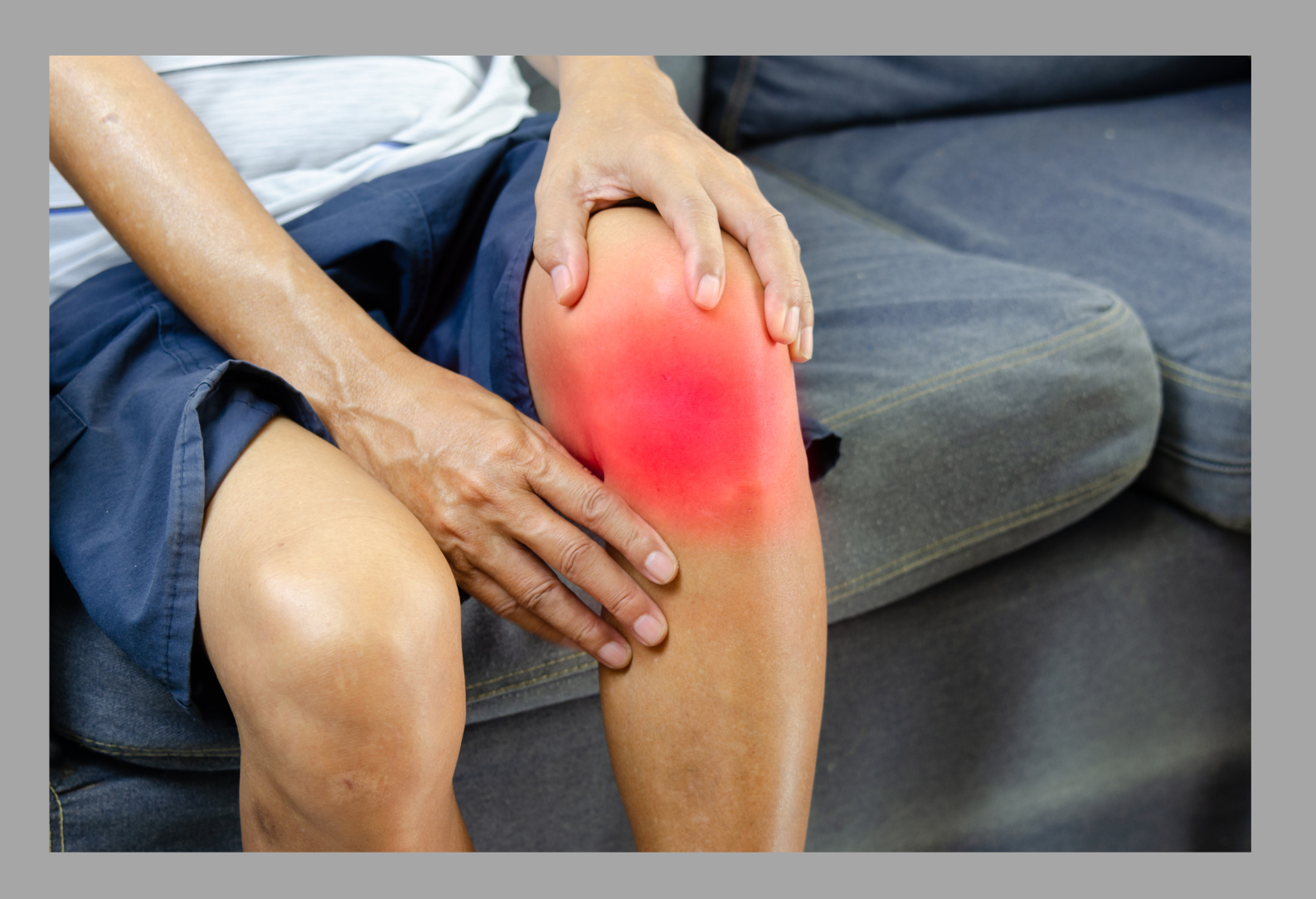เปรียบเทียบประสิทธิผลความปลอดภัยและความพึงพอใจในการใช้ยาของตำรับยาทาพระเส้นกับไดโครฟิเนคเจลในการรักษาโรคข้อเข่าอักเสบ
คำสำคัญ:
ยาทาพระเส้น , ไดโครฟิแนคเจล , ประสิทธิผล, ความพึงพอใจ, ความปลอดภัย, โรคข้อเข่าอักเสบบทคัดย่อ
ในปัจจุบันโรคกระดูกและข้อเป็นปัญหาสุขภาพที่สำคัญเนื่องจากอุบัติการณ์ของโรคเพิ่มขึ้นอย่างต่อเนื่องโดยเฉพาะโรคข้อเสื่อม โดยปัญหาของโรคนั้นควรได้รับการดูแลรักษาอย่างถูกวิธี เพื่อป้องกันปัญหาสุขภาพ การศึกษาวิจัยในครั้งนี้เป็นการศึกษาเปรียบเทียบประสิทธิผล ความปลอดภัยและความพึงพอใจในการใช้ยาของตำรับยาทาพระเส้นกับไดโคลฟีแนคเจลในการรักษาโรคข้อเข่าอักเสบ โดยมีวัตถุประสงค์เพื่อ 1) เปรียบเทียบประสิทธิผล 2) ศึกษาความปลอดภัย และ 3) ศึกษาความพึงพอใจในการใช้ยาระหว่างตำรับยาทาพระเส้นกับไดโคลฟีแนคเจล วิธีดำเนินการวิจัย อาสามัคร 75 คนแบ่งเป็น 2 กลุ่ม โดยกลุ่มที่ 1 ได้รับยาทาพระเส้นทาครั้งละ 2 มิลลิลิตร วันละ 3 ครั้ง จำนวน 38 คนและกลุ่มที่ 2 ได้รับยาไดโคลฟีแนคเจลทาครั้งละ 2 มิลลิลิตร วันละ 3 ครั้ง จำนวน 37 คน ติดต่อกันเป็นระยะเวลา 4 สัปดาห์ ประเมินประสิทธิผลด้วยแบบประเมิน VAS WOMAC เส้นรอบวงเข่า แบบประเมินความพึงพอใจ และรายงานผลอาการไม่พึงประสงค์ ผลการวิจัยพบว่า เมื่อใช้ยาทาพระเส้นและยาไดโคลฟีแนคเจลเป็นระยะเวลา 4 สัปดาห์ ยาทั้ง 2 ชนิดมีประสิทธิผลสามารถลดความรุนแรงจากอาการปวด อาการข้อฝืด อาการบวมและความสามารถในการใช้งานข้อเข่าดีขึ้น เมื่อนำมาเปรียบเทียบระหว่างยาทาพระเส้นและยาไดโคลฟีแนคเจล พบว่า แนวโน้มของยาทาพระเส้นมีประสิทธิผลในการลดอาการปวด อาการข้อฝืด และความสามารถในการใช้ข้อเข่าได้มากกว่ายาไดโคลฟีแนคเจลอย่างมีนัยสำคัญทางสถิติ (p<.001) แต่สามารถลดอาการบวมของข้อเข่าได้ไม่แตกต่างกันอย่างมีนัยสำคัญทางสถิติ (p<.05) อีกทั้งยาทาพระเส้นมีความพึงพอใจจากการใช้ยามากกว่ายาไดโคลฟีแนคเจล และในการวิจัยครั้งนี้ไม่พบอาการข้างเคียงใดในการใช้ตำรับยาทาพระเส้น ส่วนยาไดโคลฟีแนคเจลพบอาการข้างเคียงจากการใช้ยาเป็นอาการที่ไม่รุนแรงสามารถหายเองได้ สรุปผลการวิจัย ยาทาพระเส้นจึงเป็นอีกทางเลือกหนึ่งสำหรับเป็นแนวทางในการเลือกใช้ยาและมีความปลอดภัยในการบรรเทาอาการของโรคข้อเข่าอักเสบ
เอกสารอ้างอิง
Boonjai Srisatidnarakul. (2004). Research Methods in Nursing Science. Bangkok: Faculty of Nursing Chulalongkorn University.
Brooks, P. (2003). Inflammation as an important feature of osteoarthritis. Bulletin of the World Health Organization, 81(9), 689-690.
Chudiwal A.K., Jain D.P. & Somani R.S. (2010). Alpinia galanga Willd.–An overview on Phytopharmacological properties. Indian J Nat Prod Resour, 1(2), 143-149.
Isa N.M., Abdelwahab S.I., Mohan S., Abdul A.B., Sukari M.A., Taha M.M.E., et al.. (2012). In vitro anti-inflammatory, cytotoxic and antioxidant activities of boesenberginA, a chalcone isolated from Boesenbergia rotunda (L.) (fingerroot). Braz J MedBiolRes, 45(6), 524-530.
Kanchanaphisek Medical Center. (2020). Relieve symptoms of osteoarthritis by masking herbal medicine. Retrieved 15 February 2021. From https://www.gj.mahidol.ac.th/main/ttm/oa/.
Martins N., Petropoulos S., Isabel C.F.R. Ferreira. (2016). Chemical composition and bioactive compounds of garlic (Allium sativum L.) as affected by pre- and post-harvest conditions: A review. Food Chemistry, 211, 41-50.
Monpacharee Na R., Pasinee B., Penpimon J. & Urailuk W. (2019). Preliminary Effectiveness of Ya-Tha-Pra-Sen for Pain Reducing in Thai Traditional Diagnosis of Lom-Jub-Pong-Hang-Kao. Journal of Thai Traditional and Alternative Medicine, 17(3), 447-459.
Office of Policy and Strategy Office of the Permanent Secretary, Ministry of Public Health. (2015). Health. Ministry of Public Health. 8(24).
Pimphan Paibunwangcharoen, Usa ketwaleewan and Nicharee Netthong (land.). (2012). Phra Narai Scripture Bai-Lan edition (Phra Narai's Medicine book). Nonthaburi: Office for The Protection of Thai Traditional Medical Knowledge Department of Development of Thai Traditional and Alternative Medicine.
Polit. (1996). Nursing research:generating and assessing evidence for nursing Practice. (8 th ed.). China: R.R.Donnelley.
Rheumatism Association of Thailand. (2010). Osteoarthritis Treatment Practice Guidelines. Retrieved 19 January 2020 from https://www.thairheumatology.org/wp-content/uploads/2016/08/Guideline-for-Management-of-OA-knee.pdf.
Royal College of Orthopaedic Surgeons of Thailand. (2012). Osteoarthritis Public Health Service Practice 2012. Retrieved 15 January 2020 from www.rcost.or.th.
Sarasa R. & Orapitchaya K. (2018). Assessment of chronic pain in the elderly. Ramathibodi Medical Journal, 41(3), 92-99.
Sek Aksaranukrow. (2000). Modified WOMAC Scale for knee Pain. Journal of Thai Rehabil, 9(3), 82- 85.
Tangyuenyongwatana P., Gritsanapan W. (2014). Prasaplai : An essential Thai traditional formulation for primary dysmenorrhea treatment. TANG, 4(2), 10-1.
Tasleem F., Azhar I., Ali S.N., Perveen S., Mahmood Z.A. (2014). Analgesic and anti-inflammatory activities of Piper nigrum L.. Asian Pacific journal of tropical medicine, 7(1), 461-468.
Thuenjit C., Sutteeporn M. & Danai H.. (2018). The Development of a Management Model for Knee Osteoarthritis in a Community by Collaboration Between Nurse Practitioners and Village Health Volunteers. Songklanagarind Journal of Nursing, 38(2), 43-59.
Werawattanachai N., Kaewamatawong R., Junlatat J. & Sripanidkulchai B. (2015). Anti-Inflammatory potential of ethanolic bulb extract of Allium ascalonicum L. Journal of Science & Technology, Ubon ratchathani University, 17(2), 63-68.
World Health Organization. (2003). The burden of musculoskeletal conditions as the start millennium. Report of a WHO scientific group.

ดาวน์โหลด
เผยแพร่แล้ว
รูปแบบการอ้างอิง
ฉบับ
ประเภทบทความ
สัญญาอนุญาต
ลิขสิทธิ์ (c) 2022 วารสารสาธารณสุขและวิทยาศาสตร์สุขภาพ

อนุญาตภายใต้เงื่อนไข Creative Commons Attribution-NonCommercial-NoDerivatives 4.0 International License.
บทความทุกบทความที่ได้รับการตีพิมพ์ถือเป็นลิขสิทธิ์ของ วารสารสาธารณสุข















